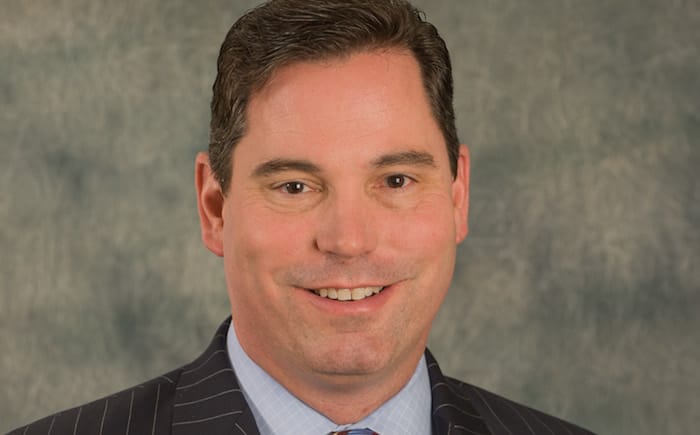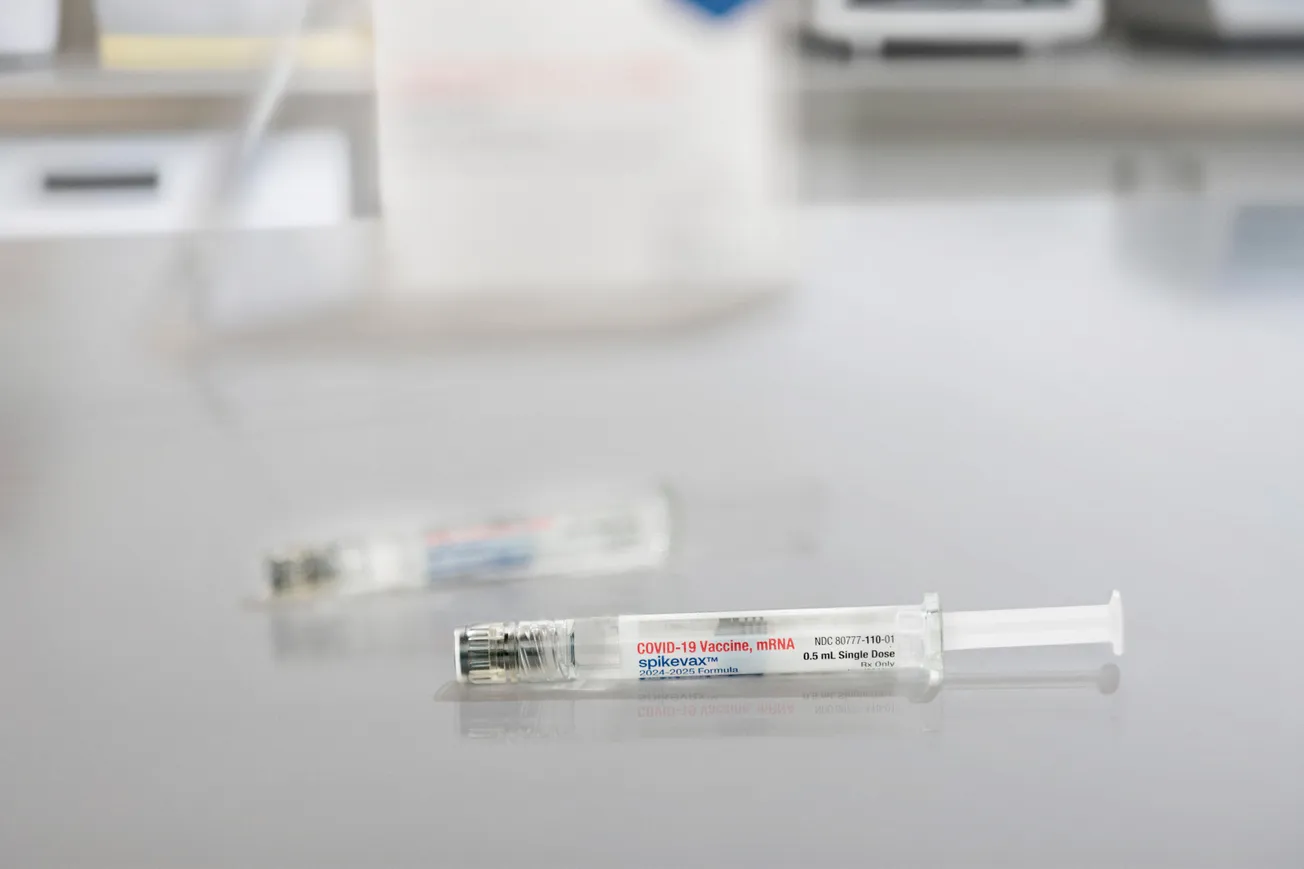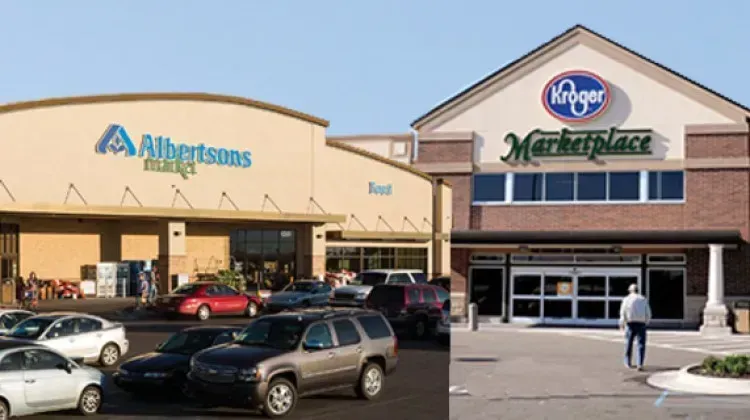Editor’s note: This was part of CDR’s 2019 Pharmacy Outlook in the January 7 issue.
This past June, Secretary of Health and Human Services Alex Azar told the Senate Finance Committee, “We need a strong, robust generic market.” He followed this statement with an observation that resonated for many of the member companies of the Association for Accessible Medicines: “We may be driving those prices so low that we’re creating manufacturing anomalies that lead to sole source products there with others exiting.”

Chip Davis
Competition drives prices down, but when the prices fall too low, the competitors may not be able to afford to stick around. It’s a real problem. But I see real solutions.
Indeed, the industry faces great risk at the moment, and owing to the success of the industry, those risks affect virtually everyone who takes prescription drugs. AAM’s 2018 report, Generic Drug Access & Savings in the U.S., revealed that last year use of generic medicines generated $265 billion in savings. Savings for Medicare amounted to $82.7 billion, which translates to an average $1,952 for every enrollee; Medicare savings were $40.6 billion, or $568 for every Medicaid enrollee. The report details generic savings in every state and across treatment areas.
Generic medicines have come a long way since 1984, the year the Hatch-Waxman Act became law, and pharmaceutical research has undergone a number of significant evolutions. Among the most important developments is the rise of brand biologic and biosimilar medicines.
The promise of biosimilars
Biosimilars are Food and Drug Administration-approved versions of costly biologic drugs used to treat a range of complex diseases, such as Crohn’s disease and rheumatoid arthritis. They hold promise for improving the health and budgets of patients, for public health and for federal and state payers. These medicines, which the FDA approves based on data showing they are highly similar to an existing brand name biologic, could, according to analysis by Avalere, benefit 1.2 million U.S. patients by 2025. The study notes that women, low-income patients and seniors would disproportionately benefit.
However, despite this great promise, the availability and adoption of biosimilars in the U.S. lags far behind the patient experience in Europe. We have seen 15 biosimilar drugs approved, but only six are available to patients on the market. When you consider the time and financial investment made in biosimilars, this is a woeful rate of return.
To understand how far behind Europe we are, take a look at infliximab. In the EU, the three approved biosimilars for Remicade have a combined 60% market share. In the U.S., the two biosimilar competitors licensed by the FDA account for only 6% of the market. Exclusionary contracts and rebate-blocking deals with payers have allowed the brand biologic to retain dominance.
It’s no secret why the U.S. lags behind. Europe, journalist Joe Nocera writes, “has much less patience than the U.S. for the kind of patent gamesmanship that pharmaceutical companies routinely deploy to maintain monopolies on their best-selling drugs.” Nocera’s column explains why transparency — a solution touted by some — will not, by itself, bring prices down.
A factor that helps has been FDA’s record-setting pace of generic approvals. While it’s true, thanks to the efforts of Commissioner Scott Gottlieb and others to clear the backlog, the rate of approvals has picked up, the number of generic and biosimilar medicines actually reaching and staying on the market is not keeping pace. This is due to a range of challenges, most notably patent thickets that delay competition beyond that intended by Congress and consolidation among purchasers that has driven reimbursement for many products beyond levels needed to sustain the business. Given these dynamics, unfortunately drug prices will not be lowered simply by increasing the number of ANDAs or biosimilars that are approved.
What biosimilar and generic drug manufacturers really need is the chance to compete in the way that the marketplace was originally intended. It is critical that these medicines be able to reach the market — and once they reach the market, conditions must allow them to stay on the market.
As evidenced by a years-long deflationary trend, we are far from a state of sustainable competition. The current dynamic is extremely difficult for our industry, and very bad for patients. Until generics are properly valued, access will be increasingly jeopardized.
I believe, however, that the new political landscape resulting from the November midterm elections could present new opportunities for measures favorable to the generic and biosimilars industry. Legislators on both sides of the aisle could embrace bipartisan solutions, and voters have repeatedly demanded action on the high cost of drugs. This is an issue that could offer a win to Republicans, Democrats and Independents alike, without requiring the sacrifice of any cherished principles. Moreover, Azar and the Trump administration, with its blueprint to reduce prescription drug prices, have already begun to set out on this path.
Where to start
The first place for the new Congress to start is passage of the Creating and Restoring Equal Access to Equivalent Samples (CREATES) Act. This legislation would prevent brand-name companies from withholding the samples needed to make lower-priced generic and biosimilar medicine. With more than a third of the Senate already signed on as cosponsors of the bill, this bipartisan market-based solution is ready to be enacted into law so patients can start benefitting from more competition and lower drug prices.
As most readers know, generic and biosimilar drug makers buy samples of branded prescription medicines so that researchers can conduct the tests necessary to show the medicine works the same. The FDA mandates these tests to ensure that generic or biosimilar medicines meet the same rigorous standards as the corresponding brand-name products. Special safety restrictions are in place for medications that have a higher risk of causing serious side effects or illicit use. Increasingly, however, certain brand manufacturers contort these requirements into a habitual tactic to postpone generic competition. A recent study by Alex Brill of Matrix Global Advisors found the cost of these maneuvers amounts to $13.4 billion a year.
Gottlieb has said, “These tactics are unfair and exploitative practices, and they are in direct conflict to our broader public health goals.” These practices will end only with an act of Congress — CREATES.
Another potential bipartisan accomplishment should come in the form of repealing the Medicaid Generics Penalty, which is paid by manufacturers when the Average Manufacturer Price (AMP) of a generic drug sold to Medicaid rises faster than the Consumer Price Index (CPI). This penalty does nothing to rein in prices because it isn’t tied to real drug price increases, and it creates a flawed approach that penalizes generic drugs even when their price does not increase. Accordingly, this misguided penalty hampers their ability to keep low-cost generic drugs on the market.
The climate is right for regulatory progress, too. Azar and Seema Verma, administrator of the Centers for Medicare and Medicaid Services (CMS), could take further action and increase access to generic drugs for the 100 million Americans who participate in Medicare or Medicaid. Proof that such new regulation helps patients and taxpayers alike could spark legislative changes. Ensuring patient access through formulary placement is one example. There is evidence that high-priced brand drugs are blocking generic and biosimilar medicines through abusive rebate deals that have been called out by Gottlieb.
Finally, split control of Congress could open the possibility of much-needed revisions to the U.S.-Mexico-Canada Agreement (USMCA). As currently drafted, this trade agreement contains provisions that protect monopolies for the branded drug industry and that deter competition in the biologic drug sector. We have expressed our concerns about USMCA along with 28 diverse groups, including the AFL-CIO, AARP, Kaiser Permanente, American College of Physicians, American Federation of Teachers, FreedomWorks, Patients for Affordable Drugs and SEIU. Let’s work together to fix the USMCA.
When I look at the overall prospects for the generic and biosimilars industry, I see considerable potential for rectifying current factors impeding patient access. Regulatory and legislative action is a big part of this vision. Of course, economic and health trends also impact our industry. We need to overcome complacency and inaction to confront the challenges ahead. When our companies succeed in bringing safe, effective and affordable therapies to the market, patients thrive.
Chip Davis is the president and chief executive officer for the Association of Accessible Medicines.









